






It’s been an interesting time at CANNA – with 25 years in Australia, the year has been full of changes and giving something back to all our loyal supporters. We look forward to continuing the party over the next year...
During 2020 we have a lot more planned, to provide you with additional gardening tips, problem solving and myth busting.
If you have any questions, or would prefer additional information, send your questions to the question section at www.canna.com.au
Look forward to hearing from you.
Happy Gardening!
CANNA Terra Professional is a nitrogen-rich potting mix for plant cultivation. Your plants grow best in a nitrogen-rich potting mix. CANNA Terra Professional potting mix is unlike anything you will find in a garden centre. It contains a blend of upgraded black peat, granulated peat moss and perlite. If you are going to grow indoors or outdoors, this is the potting mix you want to use.
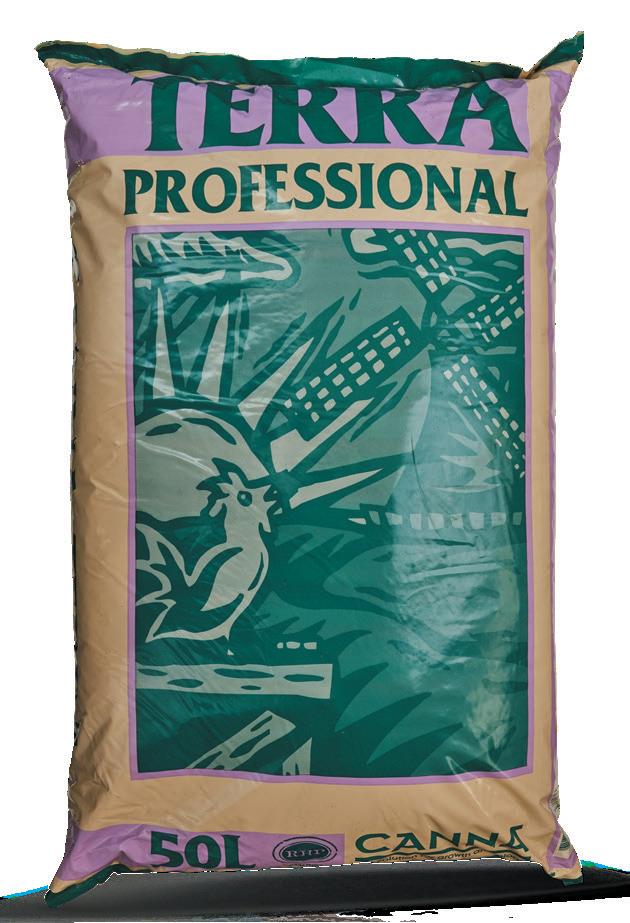

Advantages of CANNA Terra Professional
• Exclusive, high value organic ingredients such as airy peat moss, free from diseases
• These ingredients also promote exceptional root development and the formation of thicker stems
• Higher yields, and a faster metabolism combined with low sickness rates ensure an increased production
These characteristics and more make CANNA Terra Professional highly suitable for growing plants.
Loosen the CANNA Terra Professional and fill the pots, compressing the medium slightly. Add water until a little begins to drain through, then place the plant in the CANNA Terra Professional. Use with CANNA TERRA Vega and CANNA TERRA Flores.

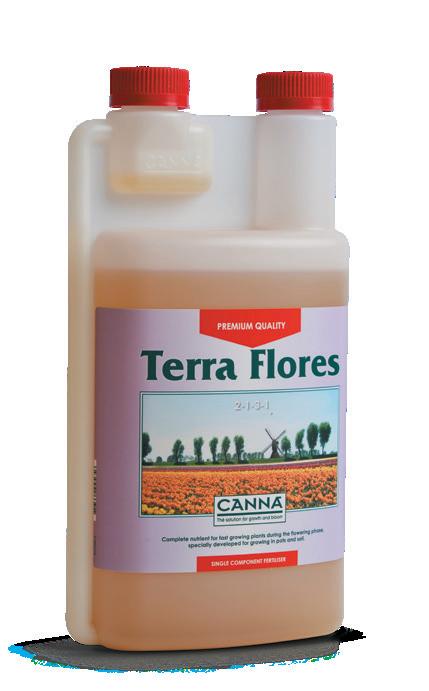

Depending on the size of the pot, growing conditions and the plant’s growth stage, adjust the amount of water given to your plant. Under normal conditions, adult plants evaporate 4-6 litres of moisture per day, per m2.
For larger plants, use 5 litre pots or larger. The larger the pot, the more constant the root environment will be. If you use run-to-waste, make sure that there’s sufficient drainage; you may want to place a thin layer of hydro-granules in the bottom of the pot for air and drainage.
CANNA Terra Professional is homogenous in structure, natural and free of harmful viruses and soil diseases.
CANNA Terra Professional has a complex water/air system that creates conditions ideal for virtually every form of cultivation. After use, CANNA Terra Professional makes an excellent potting mix improver.
CANNA Terra Professional’s plastic packaging material is 100% recyclable.
• Store in a cool dry place
• Do not expose to temperatures below 4°C
• Bag contents 50L


While there are differing views on the topic of how plants respond to music (or whether they even respond at all), studies have shown that different types of music can have a positive or negative influence on the growth of plants*. The environment where your plants grow is constantly changed by light, cold, heat, air quality and noise. For example, while playing a certain type of raga music near the plants, their growth rate increased by 20%, with a 72% increase in biomass.
In experiments when plants were exposed to different type of music, some plants died while others blossomed. Some plants would grow towards the speakers when classical music was played, but some grew away from the speakers

with rock and roll music. Plants “listening” to country music showed no reaction to the music, yet jazz music playing seemed to slightly stimulate growth. Playing heavy metal music resulted in plants with stunted, abnormal growth and a diseased look!
How could this work?
Sound travels in waves in the air, causing vibrations that the plants can possibly sense – and even possibly stimulating growth.
Studies in the past on growth reactions plants have to music, have shown similar results to plants’ reactions to vibrations in music.
*Source: D. Kroeze MSc. CANNA Research
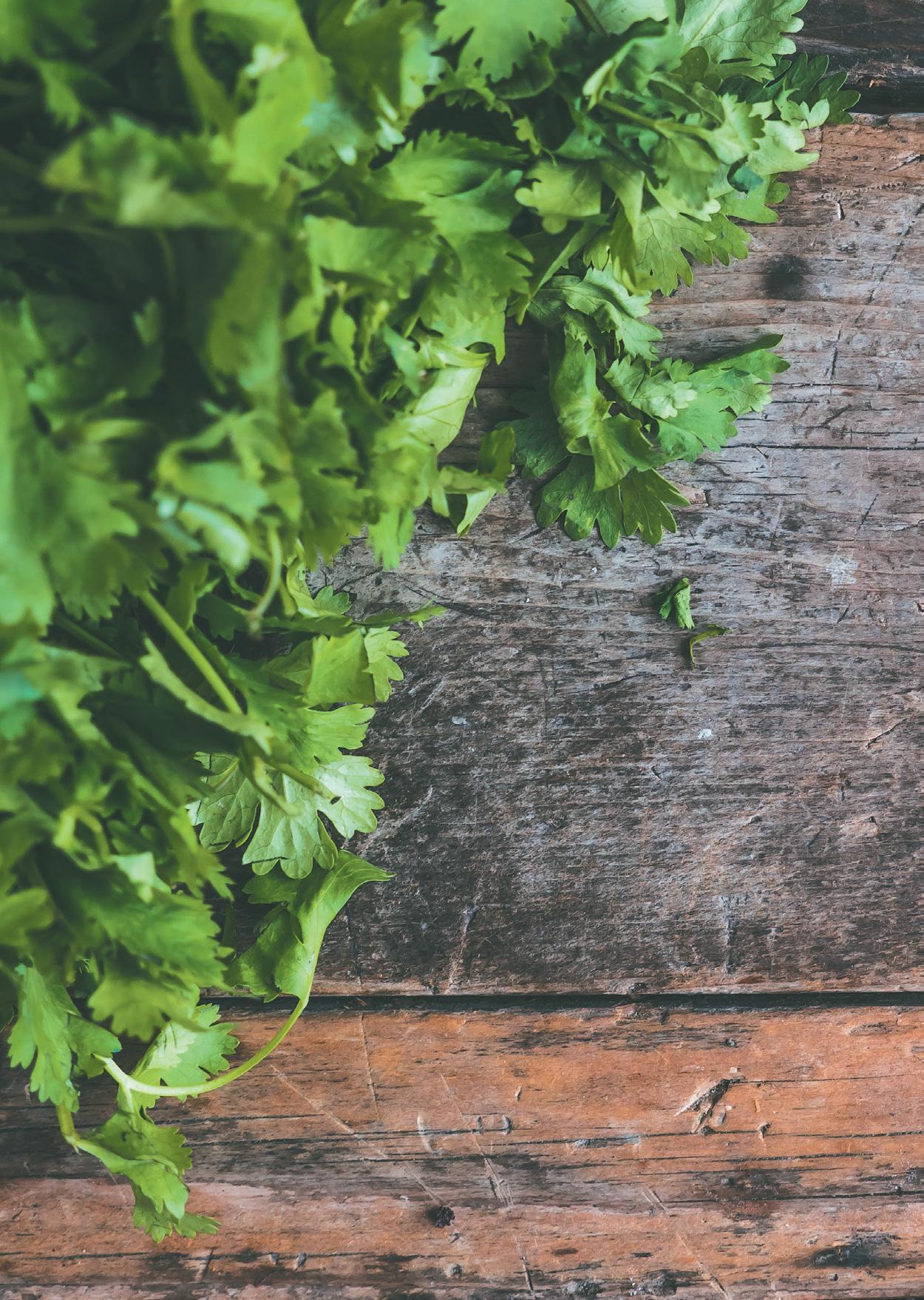
There is evidence that coriander has been cultivated for over 4000 years, with parts of the plant being discovered in both Egypt and Greece. A native to Iran, it does not naturally grow in either of the former countries. Now it is grown all over the world – it’s known as Chinese parsley in Asia and cilantro in the US and Canada. Coriander has many culinary uses and can be added to salads, soups, curries and more.
Coriander has a pungent smell, with dark green foliage which grows (very fast) to about 60cm tall. You can be eating fresh coriander 3-4 weeks after sowing the seeds.
All parts of the plant can be used. The leaves are often used fresh, as the flavour diminishes with heat. Harvest the youngest leaves, as they contain the most flavour. The seeds are often used to make spice and have a lemony citrus aroma due to terpenes linalool and pinene. Heating the seeds increases the pungency of the flavour and aroma. The roots have a more intense flavour than the leaves, and are used by crushing and adding directly to salads as well as being ground.
Essential oil from coriander has shown to inhibit Gram-positive and Gram-negative bacteria such as Staphylococcus aureus Enterococcus faecalis, Pseudomas aeruginosa and Escherichia coli. It may also help lower blood sugar, fight infections and promote heart, brain, skin and digestive health. The leaves are rich in Vitamin A, Vitamin C and Vitamin K, with the seeds containing larger amounts of dietary fibre, calcium, selenium, iron, magnesium and manganese.

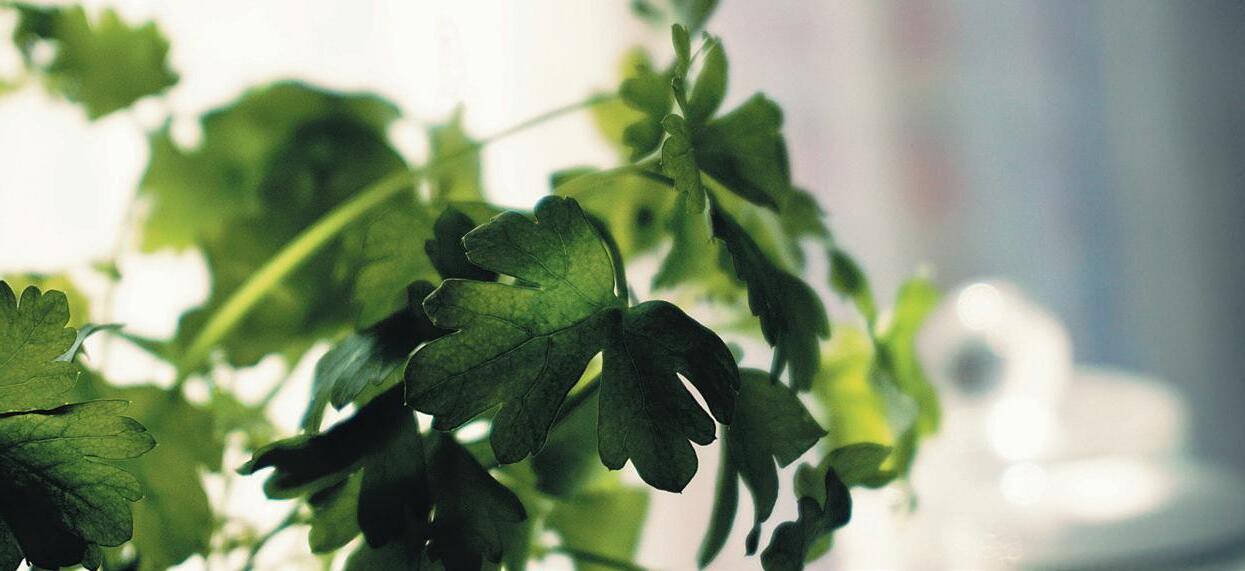
Coriander is easily grown from seeds planted directly into your growing medium. It does well in both soil and pots. The seeds will take 7-10 days to emerge and will grow quickly if watered and fed regularly. It is best grown in a hot humid environment – the main difficulty growing coriander arises if growing conditions change and the plant goes into flower mode (also known as bolting).
Coriander is a quick and easy plant to grow. Many growers find the flavour they get from their own crop is much more intense than from commercial sources. Harvesting the seeds and collecting for the next crop will provide an even more intense flavour than the previous crop, as the plant acclimatises to your growing conditions.
It’s so rewarding to have fresh herbs straight from the garden – try it yourself!
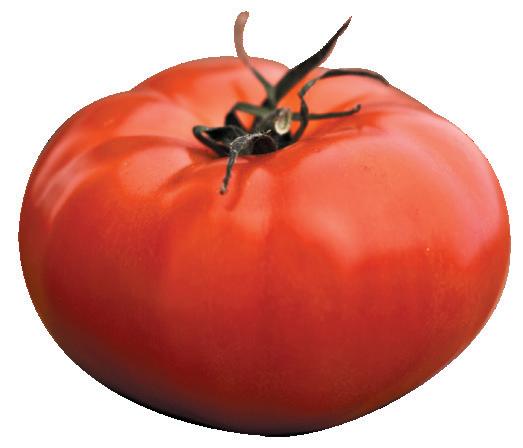
We have, for a long time now, been mislead by commercial marketing to believe what are fruits or vegetables, based on the taste of the product and how it is prepared for consumption.
While we have traditionally thought of vegetables as being sour or bitter tasting, this is not the technical definition of what makes a vegetable or a fruit. The definition of a fruit is a fruit body developed from a pollinated flower, producing a growth that is designed for seed dispersal. All other parts of the plant can then be classed as vegetables. This includes the roots, stem, leaf and flowers.
Fran’s
Fran

“In the coming year we will be adding a ‘Hemp Essential’ range, covering a wide variety of hemp products. These can be found at our new website which will be online in 2020. Being a woman in a male-dominated industry has had it’s challenges over the years, but I consider the hydroponic industry ‘my family’ as it has been such a huge part of my life. I will be forever thankful for the support I have received along the way, and I’m looking forward to many more years ahead”.

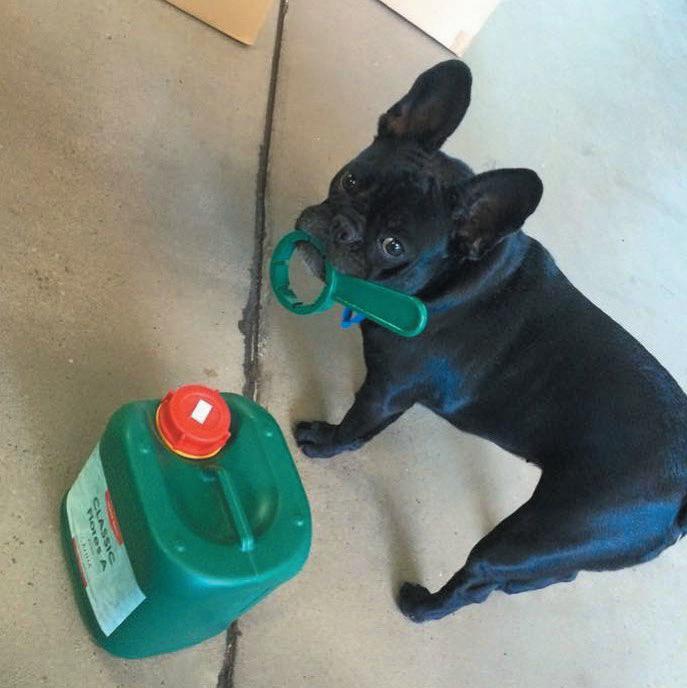
Now available through CANNA Australasia. Make sure you have them on your next order!



CANNA RHIZOTONIC is a powerful, algae based, vegetative stimulator for plant roots. It contains multiple vitamins and is 100% natural. RHIZOTONIC adds more than 60 microbiological substances that considerably speed up the growth of a balanced root environment.

Benefits of CANNA RHIZOTONIC:
• Stimulates new root growth on cuttings and transplants. Besides stimulating root growth in plants that are already rooted, RHIZOTONIC also stimulates new root growth on cuttings and transplants. The various trace elements and vitamins such as B1 and B2 stimulate the production of hormones and root growth, thus providing beautiful, strong white roots.
• Speeds up the germination process when used to soak seeds prior to planting. If you dilute RHIZOTONIC (40ml/10 litre), you can use it to soak seeds. RHIZOTONIC softens up the seed skin, making it easier for the seed to burst and germinate.


Enhances overall plant growth and chemical reactions in the plant to ensure a healthier, more powerful and stronger plant. Good results start with a healthy plant. Because RHIZOTONIC stimulates root growth, it improves the strength of a plant. This is especially important during the first weeks of a plant’s life, since young plants are the most vulnerable.
RHIZOTONIC stimulates further root development, increases the plant’s resistance to diseases and promotes inner and outer strength.
• Aids in the recovery process of any plant or cutting that has been subjected to any kind of stress. Many growers agree that plants recover much quicker from stress if the leaves have been sprayed with RHIZOTONIC. For example, stressful situations that may occur during transporting and re-potting plants.
RHIZOTONIC will also improve plants that are unhealthy or poorly developed.
RHIZOTONIC can be sprayed on leaves and used as a simple means for raising the pH level in fertiliser tanks.
RHIZOTONIC can be used regardless of the type of medium. It is suitable for cultivation in potting mix and hydroculture. You can use it during the whole growth cycle. From seed to harvest!
Sulphur is one of the molecular building blocks for a number of proteins, hormones and vitamins, such as vitamin B1. It appears in many important plant tissues, such as in seeds and cellular moisture. In the form of sulphate, sulphur fulfils an important role in the water equilibrium of the plant, as well as in the soil.
For hydroponic gardening, all the nutrients a plant needs are given while watering. As a result, fertilisers designed for hydroculture contain high concentrations of lime and sulphur. In order to prevent calcium and sulphur from reacting with each other so that poorly dissolvable gypsum is formed, the two materials are kept separate by manufacturers, by means of “A” and “B” packaging.

What is it and what does it do?
• One of the molecular building blocks for a number of proteins, hormones and vitamins.
• Fulfils an important role in the water equilibrium both in the plant and in the soil.
Sulphur deficiency – what do you see?
• Decolouration of the leaves
• Strong purple colouration in the leaf stems
What can you do?
• Lower pH
• Add sulphur
It would be expected that the earliest symptoms would first appear as a light green colouring in the young leaves. However, in practice, we’ve repeatedly noticed that the symptoms were most obvious in older leaves.

• Light green colouration in one or more large/ older leaves.
• Strong purple colouration in the leaf stems (due to the production of anthocyan pigment).
• More leaves changing colour and the light green colour changes in places to deep yellow.
• When the sulphur shortage is extreme, the plant has lots of deep yellow leaves with purple stalks and leaf stems. Additionally, growth and flowering are inhibited.
With outdoor cultivation, a shortage of sulphur rarely occurs. In potting soil, a sulphur deficiency can occur when the pH is too high, or too much calcium is present.
• It is easier for the plant to take up sulphate at a lower pH level. Check the pH of the medium, and lower it if necessary with sulphur, saltpetre, phosphor or citric acid.
• When there is a deficiency, the best thing to do is add sulphur in an inorganic form with a fertiliser containing magnesium, Epsom salts for hydro, and kieserite in soil.
• If organic fertilising is preferred, composted mushroom fertilisers, and fertilisers from animal sources can be used. Sulphur is only absorbed by the plant in the form of sulphate, which appears in the soil during decomposition of organic sulphur compounds. This process takes time. Therefore preventative work is advised, along with a well composted fertiliser.


In recirculating systems, the pH value can fluctuate more than in run-to-waste systems. The same goes for the EC value. So it's wise to check the EC and pH levels regularly. But – AQUA nutrients are balanced in such a way that you don't have to adjust the pH.
An EC-meter can measure the concentration of dissolved salts and can also measure the total volume of nutrient elements that are dissolved. In recirculating systems it is certainly not to be trusted 100%. This is because certain nutritional elements have built up in the nutrient solution, while at the same time others have become diluted.


It is advisable to start with an EC that is between 0.8 and 1.0 higher than the EC from the water supply and to gradually raise this as necessary to a maximum of 1.3-1.7 above the water supply’s EC. Keeping a regular check on the nutrient solution’s pH and EC levels and observing the plants is necessary to be able to take the correct action at the correct time. (If necessary), pH fluctuations between 6.2 and 5.2 are perfect.
Do not act too hastily!
Stable pH values
Stable pH values are important for optimizing the availability of nutrients for the plants. If we compare run to waste systems, with recirculating growing systems then we will see that the pH value in the latter fluctuates more and should therefore be supervised more carefully. This fluctuation occurs because waste products from the roots directly affect the nutrient solution’s pH value. This influence is, among other things, dependent on the plants’ stage of development, their condition, the nutrient solution’s composition and the water supply.
During the growing phase, plants tend to cause the nutrient solution’s pH to rise. This happens because at this stage the roots can excrete relative large quantities of elements that increase the pH. During the flowering phase, the reverse happens: the roots now produce acidic secretions causing the nutrient solution’s pH to fall.

To a large extent, the nutrient solution’s composition determines whether or not the roots excrete predominantly alkaline or acidic secretions. By using different nutrient solutions that are customised to the different phases of the crop (vegetative and generative), you ensure that the pH remains as stable as possible.
Trace elements present in the water also have an effect on the pH during cultivation. In hard water areas (high bicarbonate content) the nutrient solution’s pH shows a tendency to rise after the solution has been prepared and the pH balanced. By balancing the nutrient solution with a lower pH value (5.2-5.3), more bicarbonate is neutralized and the pH shows less tendency towards rising. In soft water areas with low bicarbonate content (osmotic water) drops in the pH value are more likely to occur. This is because soft water has less pH buffering capacity than hard water and this is also the reason why in soft and osmotic water regions nutrient solutions must be prepared with a higher pH (5.8-6.2).
If the pH is too low, certain nutritional elements such as iron and manganese, as well as the toxic aluminium, are dissolved more easily, which can cause damage as a result of over nutrient availability. If the pH drops too low it is sensible to raise it by using a caustic product containing bicarbonate. In doing this, you not only increase the pH, but also the nutrient solution’s pH buffer.


Plants are capable of actively influencing the nutrient solution’s pH. If the intake of food is disturbed when the plants suffer a pathogenic attack, for example mould, it can cause the nutrient solution’s pH to drop below 3. Another symptom can be noticed with iron deficiencies and, in this case, the pH is actively lowered to make iron more available to the plants. For this reason, it is not advisable to have the same value for the pH continuously. With a good nutrient solution and a pH between 5.2 and 6.2 there should be no nutrient problems. If the pH should be lower than 5.0 or higher than 6.4 for a few days, it is advisable to carry out manual adjustments or to change the composition of the nutrient.
If Vega is being used and the pH drops too low during the twelve-hour cycle, changing to Flores nutrient is recommended (Flores is less acid; it is important to note that the plant now receives nutrient that is the best possible for its bloom). If the pH is too low, then increase with pH+.
With CANNA Aqua, every effort is made to ensure that the pH in the nutrient solution remains as stable as possible without affecting the quality of the nutrient.
In tests that where carried out in which the daily pH and EC were measured and complete weekly nutrient analyses were made, it was shown that the pH fluctuated between 5.2 and 6.2 throughout the complete cultivation cycle (with the exception of the first few days). In between it wasn’t necessary to correct the pH.


We’re celebrating 25 years in the hydro game in Australia and New Zealand.
Our diverse range of products have been enjoyed by thousands of Aussies and Kiwis in cities and rural towns across the lands. The joy of helping you grow continues to inspire our people to create innovative products that make your life that little bit easier. So, to each and every customer who has supported us since 1994, we’d like to say something simple. Thank you.
Quality proves itself!
Q: What is foliar feeding and why should I do it?
A: Foliar feeding is the technique of applying a liquid fertiliser directly to the leaves of plants where the nutrients are taken into the plant leaves through the stomata and epidermis.
The benefit of foliar feeding is the nutrient can be absorbed directly into the plant where growth is occurring. The plant reacts quicker than feeding through the roots, which aids in stress recovery
It is best to apply during the beginning or end of the daytime period when the environment is not too hot (around 24ºC is ideal). The nutrients used must be in a form that is readily available to the plants.
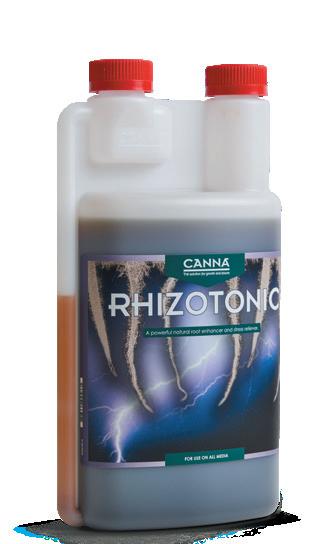
RHIZOTONIC: use 2 to 4 ml per litre. Usually recommended during the early growth phase, one to four times a day. Then once every few days as the plant matures and is able to properly feed through the preferred channel – the roots. Check your EC and pH before spraying. The EC should never be higher than 1.5 and the pH should never be lower than 6.2 as it will damage the leaves
Note: keeping the foliage consistently wet from over spraying may create more problems than it may solve.
BOOST: use 2ml per litre. Usually recommended when the blooming/fruiting process has clearly begun – when flowers/fruits are visible. Spray once or twice per week, LIGHTLY, on the foliage to avoid soaking the flower material. Stopping two to three weeks before harvest is usually a good practice to avoid problems that higher humidity may create.

BOOST is more effective when used at the root level with the nutrients, when the flower/fruiting stage has begun. However, some people prefer to spray it because it is more economical. Others prefer not to apply foliar feeds during bloom to reduce the risk of rot or mildew caused by the higher humidity. A combination of soil application and moderate foliars, may be the best of both worlds.